Canadian universities heed the call for help in the fight against COVID-19
Here’s how several universities have responded so far to Ottawa’s appeal for critical supplies, expertise and labour in response to the pandemic.
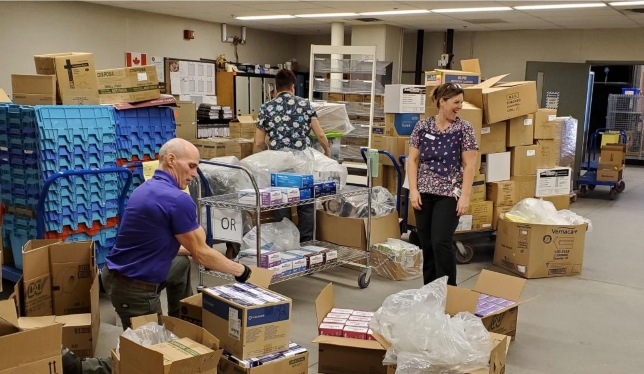
A week after Prime Minister Justin Trudeau called upon the postsecondary education sector for help in the fight against COVID-19, institutions and researchers across Canada have stepped up in droves. In addition to the 96 research projects that received COVID-19 rapid research funding through the Canadian Institutes of Health Research, here’s a sample of some other efforts undertaken by the university community.
To every university, college, polytechnic, and CEGEP in the country: We need your expertise and your resources. If you have masks and ventilators we can use, or if you think you can help with things like 3D printing of medical supplies, let us know: https://t.co/js1j1UsLlt
— Justin Trudeau (@JustinTrudeau) March 24, 2020
Equipment drives
Hospitals and medical centres throughout Canada are reporting shortages of essential supplies, including personal protective equipment (gloves, masks, gowns and face shields), test kits, respiratory equipment and disinfectants.
Faculty members with McMaster University’s faculties of engineering, health sciences, science, humanities and its Hamilton Health Sciences unit have donated thousands of masks, goggles, gloves, face shields, cleanroom suits, sanitizer and swabs to health providers. “If there’s a silver lining to closing our labs it’s that we’re able to support our hospital partners – their staff and the patients in their care … Materials that otherwise would have sat unused in our labs, are now being redeployed to our hospitals where there is an incredibly high demand for these supplies,” said Karen Mossman, acting vice-president of research in a statement.
The University of Windsor’s faculties of nursing, science, human kinetics and the chemical control centre donated PPE and two ventilators to Windsor Regional Hospital. The faculty of science has promised to reimburse faculty members for items donated from labs that had been paid for from research grants.

Meanwhile, Trent University donated several thousand pairs of gloves, coveralls, boot covers, masks and gowns, as well as cases of soap, sanitizer and disinfectant thanks to efforts by the departments of nursing, biology, chemistry, forensic science, environmental studies and facilities management. Trent Health Services also donated testing kits to Peterborough Public Health.
The University of Guelph locally distributed some 10,000 N95 masks that are currently in short supply – the university says it’s shipment on Friday was the first of several donations it will make, including ventilator equipment from its Ontario Veterinary College. Even the bookstore at Western University got involved in that institution’s drive, adding 28 boxes of gloves it stocked for STEM students to piles of supplies culled from microbiology and immunology professors.
At Université du Québec à Montréal, the biology department donated protective equipment and individual labs donated gloves as part of a drive for Douglas Hospital organized along with Montreal’s Chinese community. The faculty of science and office of the vice-president, research, have jointly taken inventory of all PPE the university currently has available for use in case of additional need.
A drive at Wilfrid Laurier University has resulted in nearly 12,000 N95 masks, 38,500 disposable gloves and 200 isolation gowns, as well as surgical masks, shields, goggles, hand sanitizer and test kits for the Grand River Hospital and the Brant Community Health System. The items were collected from Laurier’s Student Wellness Centres, the safety and risk management department, and labs in the faculty of science.
Individual researchers and labs have also taken to donating directly, like associate professor of psychology Nadia Chaudhri at Concordia University. And medical students at the University of Saskatchewan took inspiration from their professors and colleagues at other universities and started a PPE drive for hospitals in Saskatoon and Regina. The BC Medical Student COVID-19 Response Group, comprised of doctors-in-training from the University of British Columbia, launched a similar drive, their focus mostly on dental clinics.

Mission pivot
In addition to equipment donations, many researchers are also applying their expertise towards designing and manufacturing the much-needed medical supplies themselves.
Queen’s University professor and Nobel laureate Arthur McDonald has enlisted the team at the Canadian Nuclear Laboratories in Chalk River, Ontario, as well as his colleagues at the TRIUMF particle accelerator in British Columbia, to prototype a “stripped-down, easy-to-manufacture hospital ventilator,” the Globe and Mail reports.
A similar spirit of innovation is at the centre of the Code Life Ventilator Challenge, led by Reza Farivar, who holds the Canada Research Chair in Integrative Neuroscience at McGill University. The contest is a “two-week sprint” to design a workable inexpensive and easy-to-use ventilator that be used to meet respiratory equipment shortages due to COVID-19. Sponsored by the Montreal General Hospital Foundation and the Research Institute of the McGill University Health Centre, the winning design will receive a prize of $200,000. The contest deadline is March 31. Researchers and students at several universities – including a team of some 40 students and researchers from Université de Sherbrooke and Bishop’s University – are participating in the challenge.
Another team comes from Ontario Tech University. Ali Hosseini, an assistant professor of mechanical engineering, and Ahmad Barari, an associate professor in the department of automotive, mechanical and manufacturing engineering, have teamed up and recruited four students to design a ventilator for COVID-19 patients. And late last week, Ontario Tech president Steven Murphy tweeted that medical shields designed and manufactured at the university had been approved by Health Canada and shipped to hospitals in the Durham region.
Students, staff and faculty members at Queen’s have partnered with St. Lawrence College, Kingston Frontenac Public Library, Kingston-area school boards and residents to manufacture PPE through 3D printing. The local health authority has approved the face masks and shields that they print as a last-resort reserve rather than a straight replacement to PPE currently in use in hospitals.
The Makerspace at Brock University’s library has also mobilized its five 3D printers to make face shields, at a rate of about 20 per day, while engineers at the University of Ottawa estimate they are printing about 100 a day at the campus Makerspace. At Western University, the advanced manufacturing team at the university’s central machine services, usually tasked with making lab equipment and 3D modelling, has been reassigned to make face shields designed by the faculty of science’s physics and astronomy machine shop.

Hand sanitizer is another staple that has quickly been depleted in the past few weeks. Several researchers have partnered with local distilleries and other labs to quickly manufacture the product and help their local communities bolster reserves. U of Windsor chemists John Trant and Fred Shahbazi, a postdoctoral researcher who specializes in cosmetics, have mobilized Dr. Trant’s lab to work with three local distillers to produce hand sanitizer for area hospitals (and later to the commercial market – all on a cost-recovery basis).
Inspired by the efforts of Ontario distilleries and researchers, Grant Vandenberg, a professor with Université Laval’s faculty of agriculture and food sciences, decided to start making hand sanitizer in his own lab. He is working with Quebec distilleries Vice et Vertu and Distillerie de Québec to produce 5,000 litres of the gel according to the World Health Organization’s recipe.
At the University of Guelph, Scott Weese, the head of infection control at the Ontario Veterinary College, rallied supplies and assistance to aid a local distillery produce some 2,000 litres of hand sanitizer, which has been donated to local medical clinics, emergency services units and essential-service providers including homeless shelters.
A group at the University of Alberta managed to make 210 litres of hand sanitizer in three hours using an assembly line that respected social-distancing rules. They hope to continue production, with distribution intended for first responders and the campus community once the concoction earns a seal of approval from the university’s health and safety team.
Researchers at the University of Toronto’s Dalla Lana School of Public Health developed an online tool to help health-care providers determine the maximum number of new COVID-19 cases they can handle. The tool looks at the amount of acute- and critical-care resources the provider has available, current data on the demographics and the severity of COVID-19 cases as well as timelines for patient stays, and comes back with an estimate on the COVID-19 caseload the hospital could realistically manage.
Geographer Benoît Lalonde, a researcher at Universté Laval, has created an interactive tool that uses public health data to visualize the spread of COVID-19 in Quebec. Unlike existing heat maps, Dr. Lalonde’s can zoom in on the situation in particular regions of the province, and places the number of cases against available population data.
Meanwhile, a machine learning research group led by Moulay Akhloufi at Université de Moncton has conceived of a deep-learning process by which artificial neural networks could virtually scan x-ray images to detect COVID-19 in a patient’s lungs. Across Quebec, artificial intelligence researchers in the province’s Mila network are working collaboratively on similar solutions to the COVID-19 crisis thanks to a project website the group has launched called AI-Against-COVID.
Volunteering
Medical, nursing and health sciences students of all kinds have been quick to lend a hand to frontline workers. They’re helping with temperature screening at hospitals, contact-tracing COVID-19 cases, and even running errands and offering childcare for frontline staff.
And it’s not just Millennials who are offering a hand. The Windsor University Retirees Association is helping its membership, a demographic deemed most vulnerable to COVID-19, with grocery deliveries and other errands. As well, “caremongering” groups have popped up on campuses, like the Guelph group co-founded by a U of Guelph employee.
Featured Jobs
- Electrical Engineering - Assistant Professor (Electromagnetic/Photonic Devices and Systems)Toronto Metropolitan University
- Electrical and Computer Engineering - Assistant/Associate ProfessorWestern University
- Accounting - Tenured or Tenure-Track Faculty PositionUniversity of Alberta
- Indigenous Studies - Faculty PositionUniversité Laval
- Psychology - Assistant Professor (Social)Mount Saint Vincent University




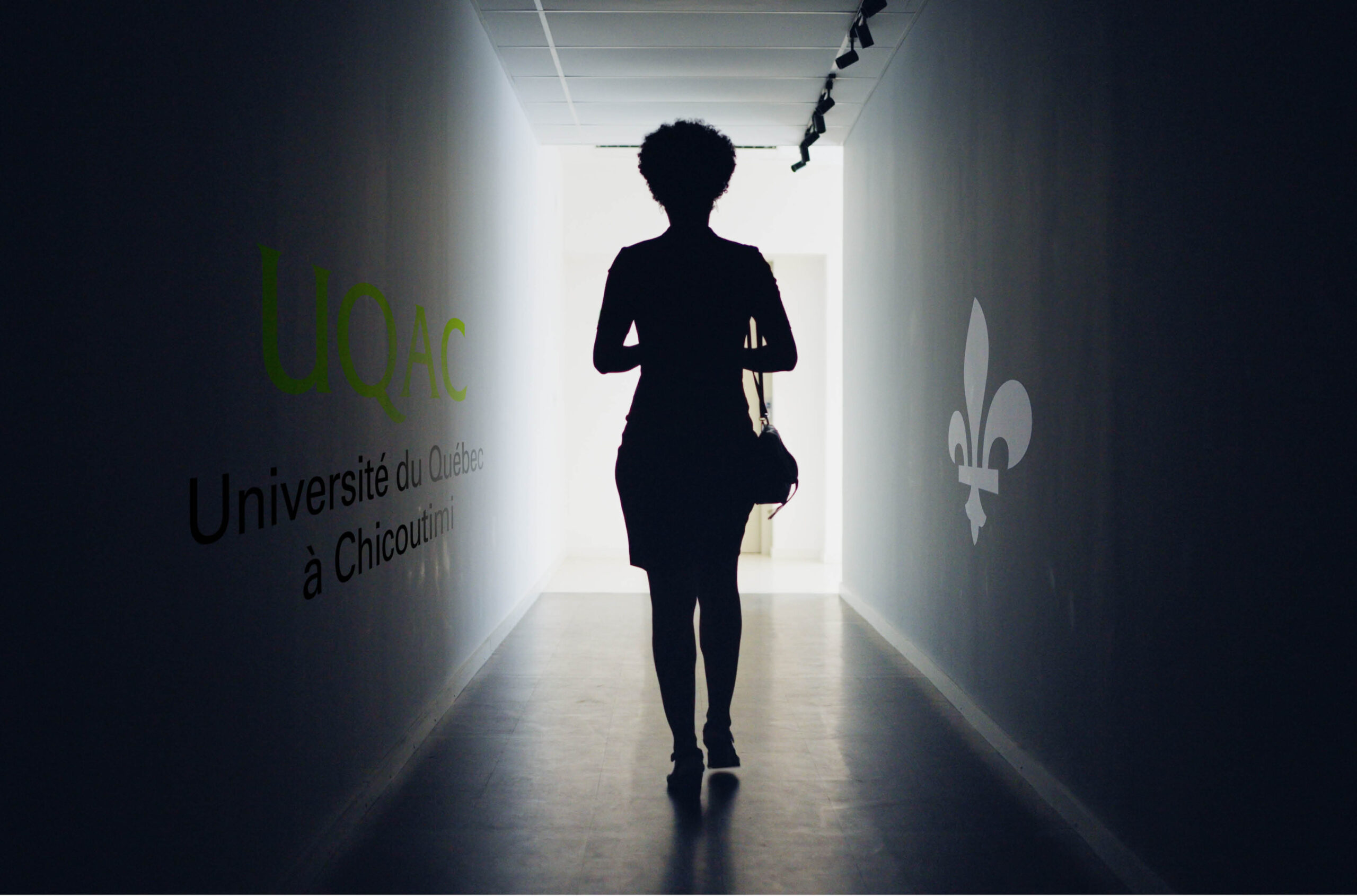




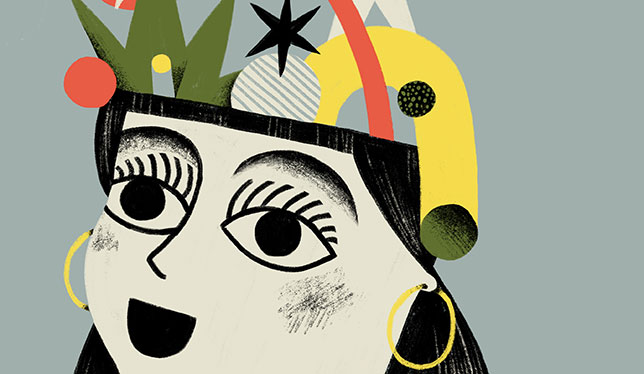
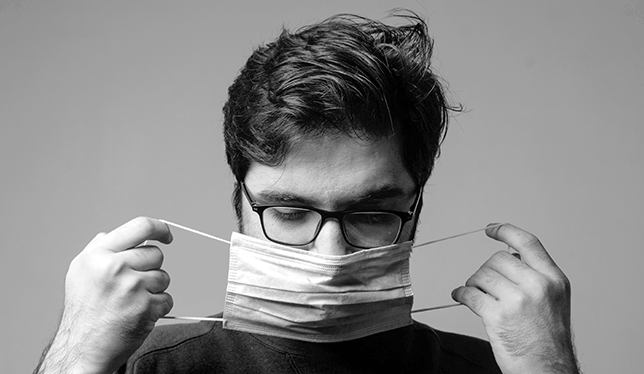


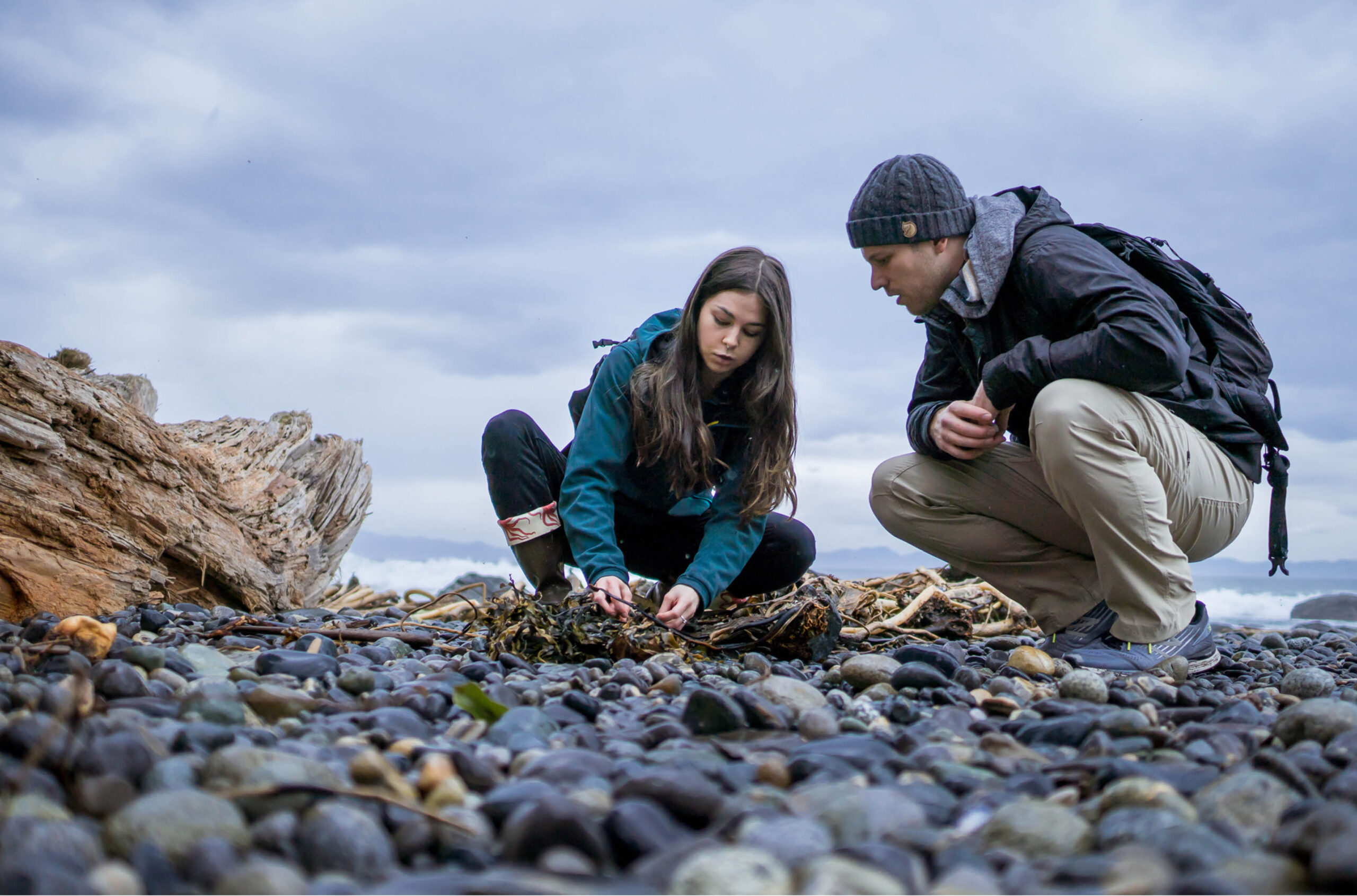
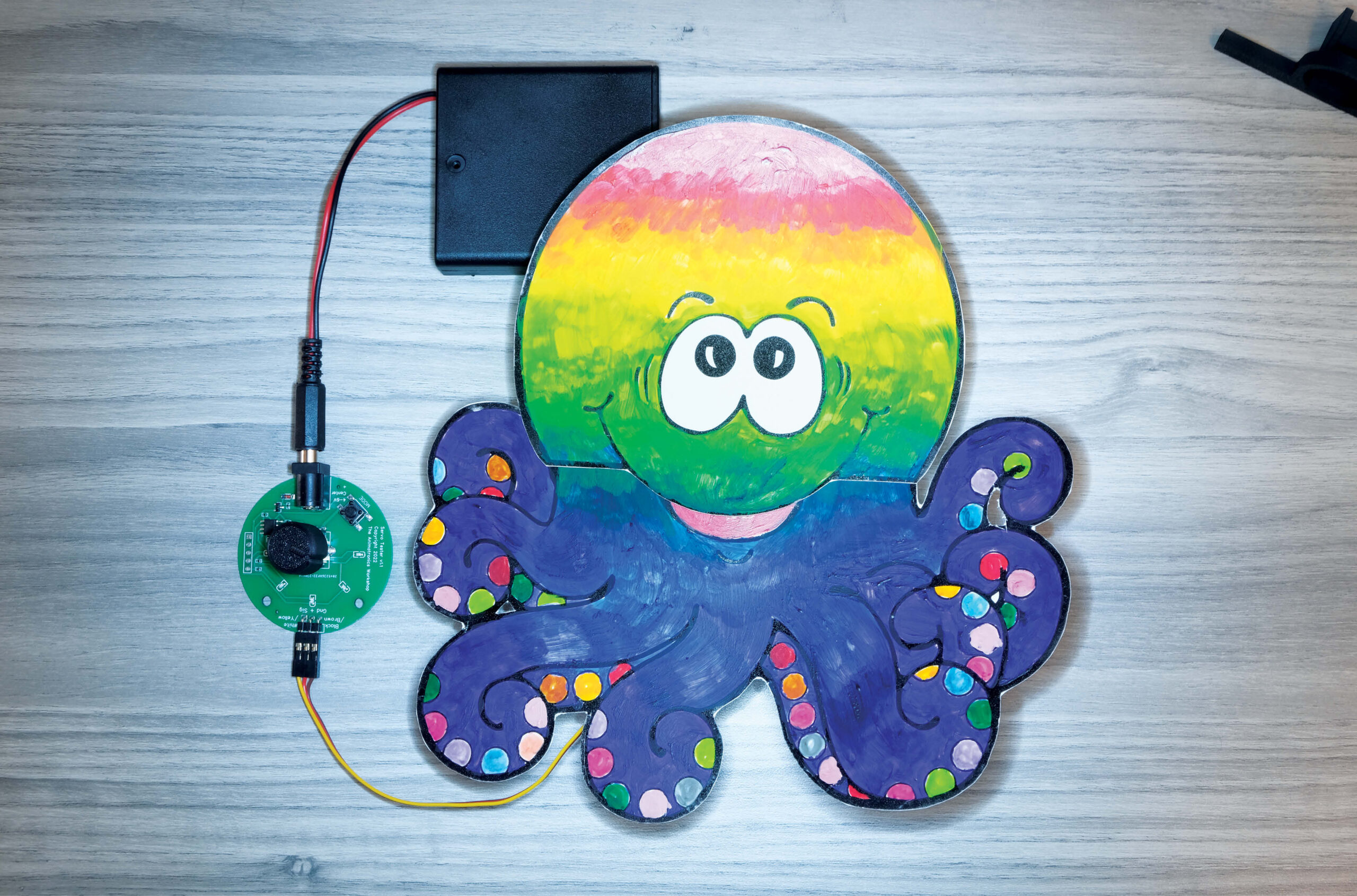

Post a comment
University Affairs moderates all comments according to the following guidelines. If approved, comments generally appear within one business day. We may republish particularly insightful remarks in our print edition or elsewhere.
1 Comments
Once again, the female dominated professions, such as education, mental health and social work, get left behind. These professions have much to offer during this crisis. The singular focus on questioning women’s choices and getting them to enter STEM without any regard for the fact that some of us actually like the caring professions and that there is actually value to society in those professions, as though getting women to do exactly what men do equates ‘equality’ has led to the exclusion of women in this crisis. Great that we’ve got academics pumping out hand sanitiser and face masks but where’s the funding for academics specialising in mental health to create interventions for those experiencing mental health challenges in isolation? Where’s the funding for academics specialising in developing care, skill building and behaviour protocols to people with severe developmental disorders (i.e., a population which tends to have difficulty coping with changes to routines)? Where’s the funding for academics specialising in solutions to homelessness, addictions, domestic violence at a time when we’re all supposed to be sheltering at home? We have something to contribute. Are we expected to do so for free? Is that how we value “women’s work” in academia?